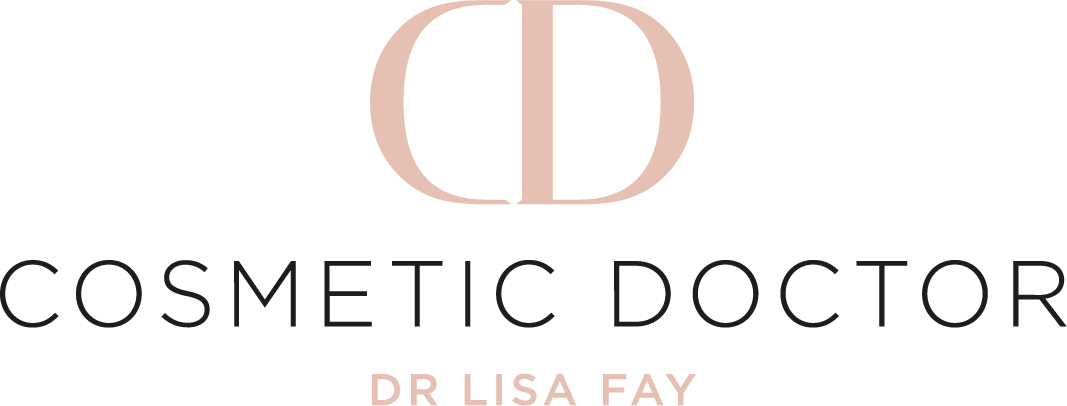By Dr Lisa Fay
I am often asked by patients “why is it not recommended to have a permanent facial dermal filler? …..it would be more cost effective and save me having to come back every 6-12 months”. Surely a good idea?
The answer to this question is NO. With the natural ageing process which includes loss of volume and gravity, your face changes. Therefore a permanent dermal filler injected ten years ago may seem like a good idea at the time. It may stay in the same position but your skin and muscle structure around will change with age. It may not look as good when you are older.
And here is the problem…. Many physicians will refuse to treat you when you have a permanent filler. This is because as medics we cannot guarantee that you will not have an adverse event. We simply cannot predict what will happen.
As a clinician I have my favourites which include Juvederm, Restylane and Radiesse and here are the reasons why.
Let me explain the difference between the different dermal filler products currently available in the market. There are three categories of dermal fillers broadly speaking.
1. Temporary dermal fillers
These are the most popular dermal fillers currently available and are non- permanent which means they breakdown over a certain period of time. The typical duration is between six to twelve months depending in the product used. This also depends on the individual. If you are a “gym bunny” with a fast metabolic rate the products may not last quite as long.
These products have a proven track record in terms of safety and the more established products have FDA approval. In addition they can be reversed using a product called hyalase (an eraser). This rarely needs to be used but it is reassuring that this is an option. Examples of temporary fillers include Restylane and Juvederm. They are affordable and are the dermal fillers of choice. I love the natural results with the new Juvederm Vycross range which includes Voluma, Volift and Volbella because they incorporate into your own skin so naturally and flawlessly.
2. Semi-permanent dermal fillers
These products are usually longer lasting than temporary dermal fillers. My semi-permanent dermal filler of choice is Radiesse. It has an excellent safety profile and can be used in all areas of the face except the lips.
3. Permanent dermal fillers
Not a good idea!
Why? These products are more likely to be synonymous with permanent problems and adverse events. It is these products which give dermal fillers a bad name. Examples include silicone based products and Leslie Ash springs to mind.
It often surprises me when I take a history from my patients that many have no idea which fillers were injected into their face in the past. You would not take medication from a medical doctor without asking what it is and why is that particular medication necessary. The same goes for fillers.
Questions to ask your doctor prior to dermal filler treatment:
- Which product are you using?
- Does it have FDA approval ?
- Ask whether it is temporary or semi-permanent? Never agree to having a permanent filler injected into your face.
- Ask to see the product box.
Associated treatments

